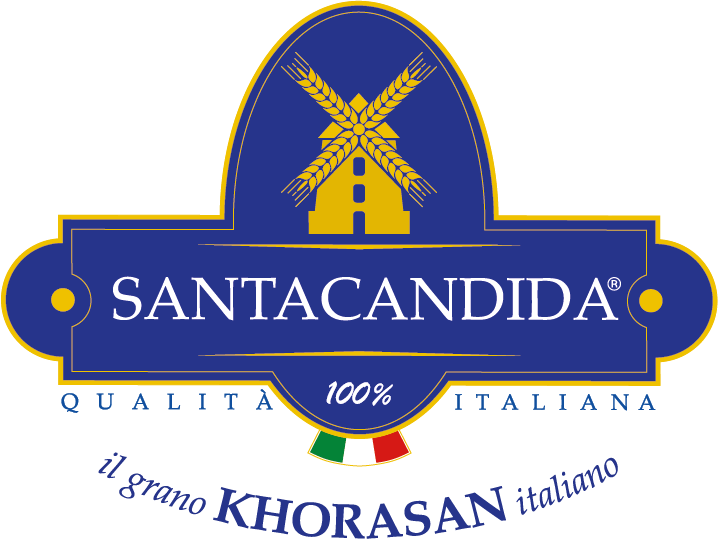ORIGIN: FROM ORIGINING TO OUR LAND
Cultivated since the times of the Egyptian civilization, the Khorasan wheat (Triticum Turgidum, ssp turanicum) has spread in Mesopotamia, between the Tigris and the Euphrates, extending from Anatolia to the old Persia, in particular in the Region of Khorasan from which it takes its current name.
In the past centuries, at the beginning of the '900, the Khorasan wheat was already cultivated in southern Italy, in particular in Puglia, Campania and Basilicata for their suitable climatic characteristics.
After the Second World War, with the new agricultural policy focusing on the cultivation of more productive varieties, the cultivation of Khorasan Wheat, also known by several local names, was completely abandoned for its poor production yield and its excessive size (height about 160-170 cm) that made harvesting difficult as often the wheat field was presented in part or completely bedridden.
With the advent of combine harvesters, at the beginning of the seventies, and with the qualitative and nutraceutical revaluation of the same Khorasan Wheat, has resumed cultivation in Puglia and Basilicata in particular with the organic farming method, regions with similar Mediterranean weather characteristics to those of Mesopotamia.
FEATURES: SOUL OF THE PURE AND UNCONTAMINATED EARTH
Khorasan wheat is a rustic wheat that has not been subjected to genetic improvement procedures to increase its productivity and reduce its size. Therefore, it turns out to have a very natural and not tenacious type of gluten so that all the products that are obtained from it are lighter and digestible. The grain has a stem about 160-170 cm tall, a spike about 13-15 cm long, a vitreous grain of amber color and about a third larger than the size of the grains of modern grains.
The cultivation of Khorasan Wheat is particularly suitable for the organic farming method given its remarkable size and body of the stem and the leaves themselves. These characteristics make the wheat during its growth enter into vegetative competition with weeds so as not to make them develop, leaving them at ground level. Therefore, the cultivation of organic Khorasan Wheat to which the Company has given the name of Wheat KHORASAN SANTACANDIDA ³ registering the trademark, does not need chemical pesticides to combat and eradicate weeds and its nutraceutic properties are kept pure and unchanged.
PROPERTY: WELL-BEING ON THE TABLE
From a nutritional point of view, Khorasan wheat SANTACANDIDA is one of the healthiest and most complete cereals that we can find on our table.
Compared to modern grains it is rich in antioxidants such as polyphenols. It is rich in minerals such as Selenium, Potassium, Magnesium, Phosphorus, Zinc, Calcium and Iron present in higher value than the same content in modern grains. It promotes good cardiovascular functioning and preserves the health of our eyes thanks to the high content of vitamin E.
Zinc and Magnesium strengthen teeth, bones and the immune system. It is hypoglycemic and at the same time is hyperprotein, making it an ideal food in the diet of diabetics and athletes.
Khorasan wheat is highly digestible and therefore suitable for those who suffer from slow digestion. In particular, it is indicated for those who suffer gastric problems especially after the consumption of refined cereals.
This wheat because it is an ancient wheat not subjected to genetic improvement does not have tenacious gluten and is, therefore, easily digestible for people suffering from mild allergies and intolerances, however not attributable to celiac disease.
